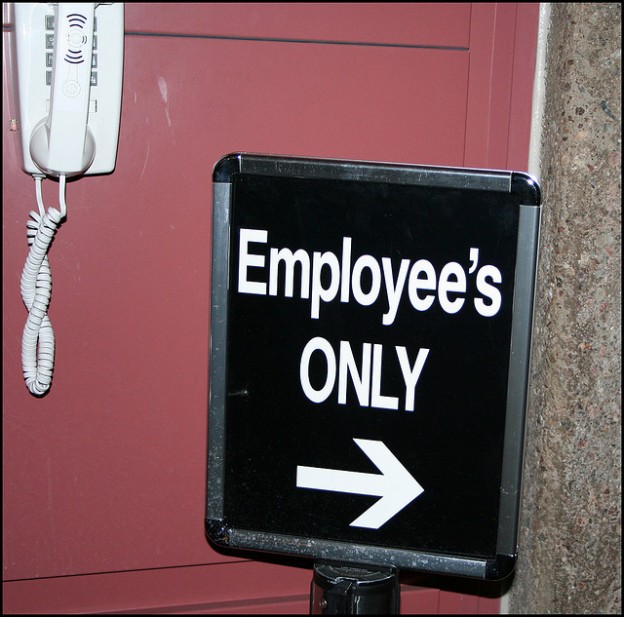Since a document is only as useful as it is readable, a writer should make sure that it is free of all English usage and punctuation errors before submitting it for publication or dissemination. One important aspect of punctuation involves the use of apostrophes.
Apostrophes are properly used in only two circumstances, for contractions and to indicate possession.
Let’s examine contractions first. Contractions are words which are composed of two individual words, such as isn’t, they’re, and they’ll. An apostrophe is used in place of a letter or letters that have been dropped from one of the words that compose the contraction. In the case of isn’t, which is composed of is and not, the apostrophe holds the place of the o, which was deleted from not. In they’re, the apostrophe takes the place of the a from are. In the case of they’ll, the apostrophe is used in place of two letters, w and i from the word will.
As previously stated, apostrophes are also used to show possession. That means to indicate that a subject or other noun in a sentence “owns” or “possesses” something or someone. That construction is generally formed by adding an apostrophe and an s to the end of the noun. Here are some examples of that:
The insurance agent’s clients are pleased with his approach. The agent possesses (in a grammatical sense) the clients.
We invited Mr. Campbell’s family to the awards dinner. Mr. Campbell possesses his family.
When can we expect this month’s report? The report is a possession of this month.
When indicating possession in reference to regular plural nouns, the apostrophe is placed between the last letter of the singular form of the word and the s, as in the following:
We spent hours calculating the workers’ compensation package. In this sentence, the noun that is the subject of possession is workers, the plural of worker. They possess the compensation package.
The company plans on honoring the vice presidents’ achievements. The achievements are those of the vice presidents (more than one vice president).
Mrs. Jackson is attempting to resolve the clients’ problems. The problems are those of the clients (more than one client).
There are two special situations involving possessives: names ending in s and when using irregular plural nouns. In terms of names ending in s, the apostrophe is added to the end of the name, after the s. The examples below involve names that end in s:
That is Charles’ new office. Obviously, the name is Charles.
Mr. Fieldings’ briefcase is missing. The name is Fieldings, not Fielding. If it were Fielding, then the possessive form would be Mr. Fielding’s briefcase…
We plan on celebrating Gladys’ birthday tomorrow. The apostrophe belongs after the s because her name is Gladys, not Glady.
When showing possession with words which are irregular plurals (that is, spellings that are different from the singular form), an apostrophe and then an s are placed after the word. The following are examples of possessive apostrophe use in words with irregular plural spellings:
The women’s group will meet with us next week. Women is the irregular plural of woman.
That is the men’s locker room. Men is the irregular plural of man.
We have a children’s day every summer. Children is the irregular plural of child.
Under no circumstances should apostrophes be used to indicate plurals. The following cases are all incorrect:
All of the new employee’s are working out well. It should be employees.
Have we determined which clients’ will be eligible for the discount? It should be clients.
Next month, we should discuss the strategy’s for our new marketing campaign. It should be strategies.
To sum up, apostrophes are correctly used only in contractions and to show possession, and not to pluralize nouns.
